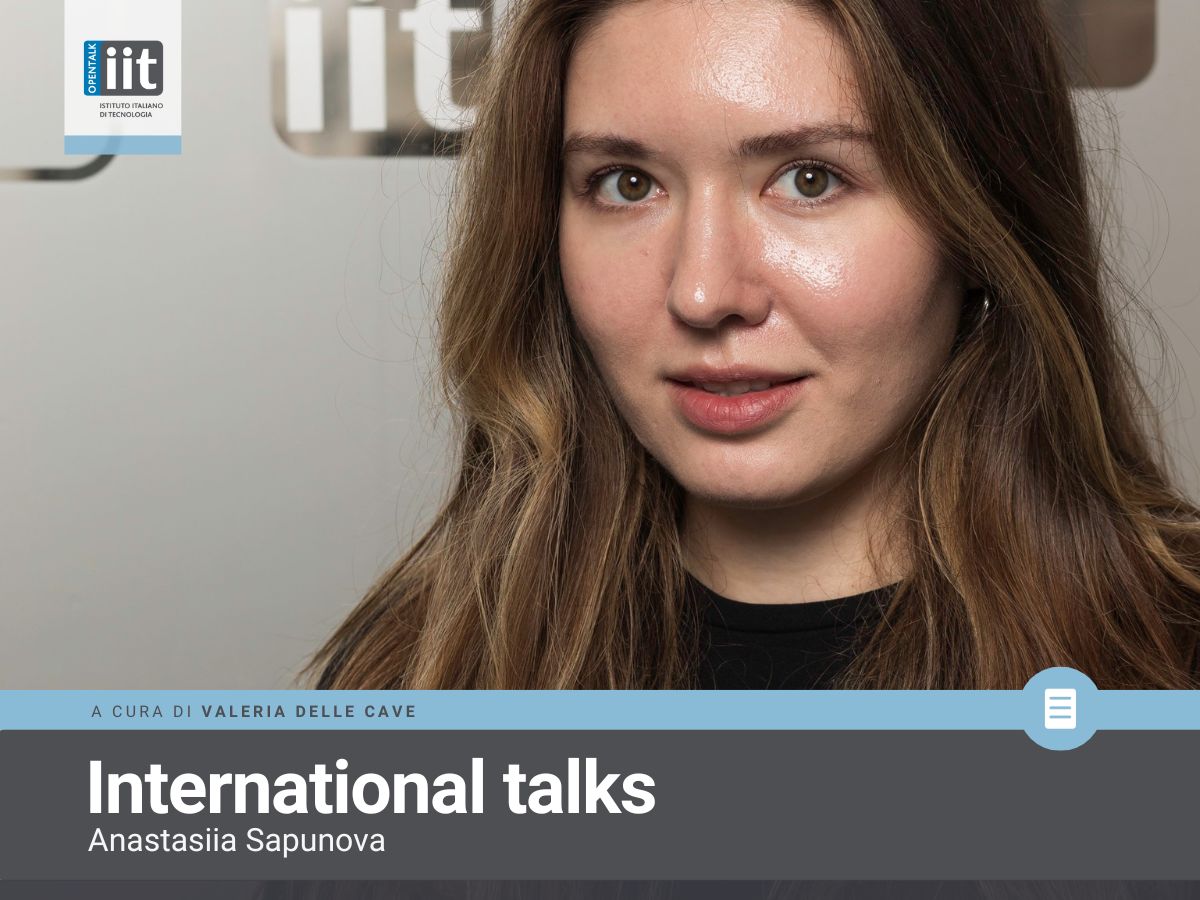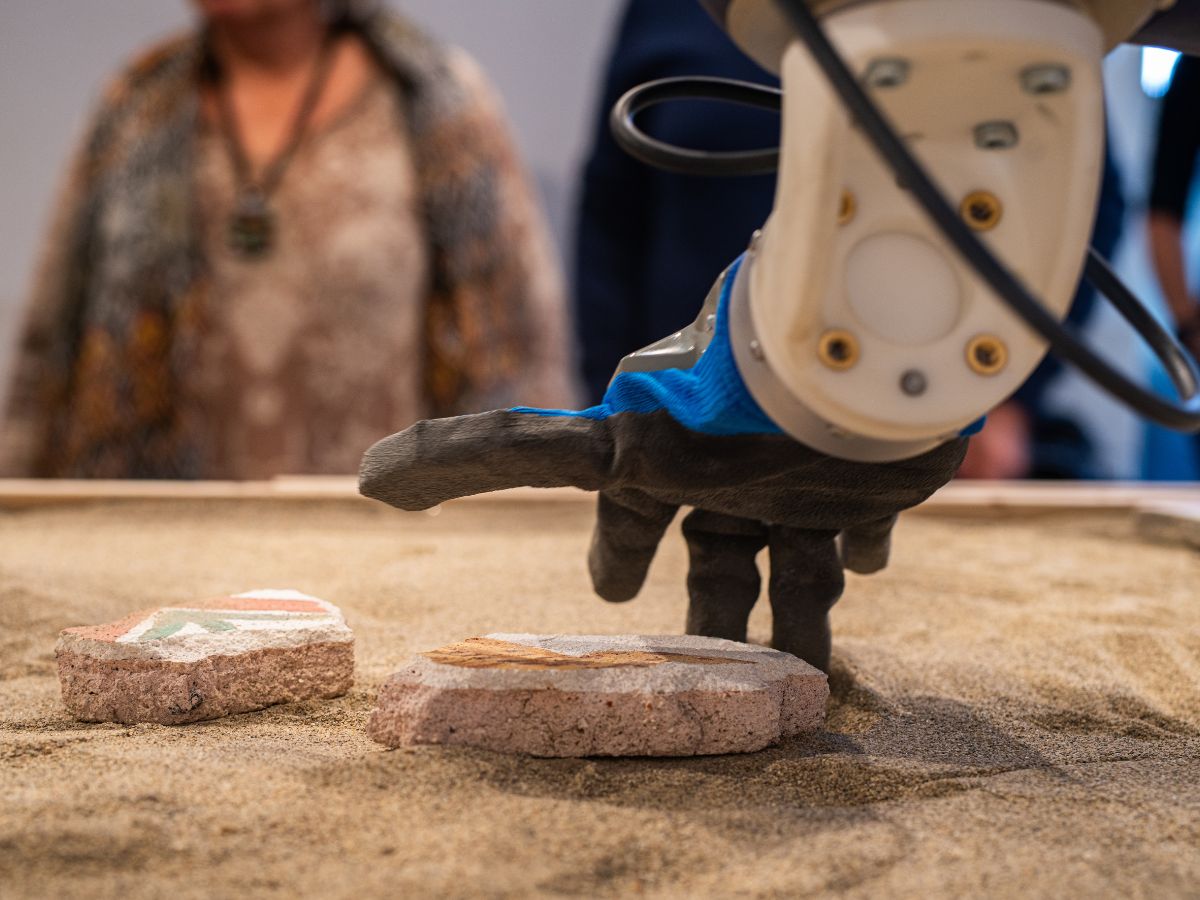I believe that science is incredible and not boring at all
If I were asked how I would name this part of my life dedicated to my path in science, I would call it “From -40 to +30 degrees”. Indeed, I have spent almost all my life in Siberia, where a harsh winter with snow, ice and so on lasts for six months (at least). Have I ever thought about moving to Italy? The answer is not at all. I even not sure that I considered the opportunity to become a scientist. I received a bachelor’s degree in optical engineering and was thinking about my future. What should I do? Do I really want to stay there and keep working in engineering? Luckily, I spent my last year of bachelor’s with a team that works with nanooptics. Then I realized that science was my true calling and I decided to delve into the study of the interaction of light with objects at the nanoscale. I chose to focus on nanoplasmonics.
Almost all of us admire precious metals, because they are shiny and beautiful. But this shine isn’t just about how they look on the surface; it’s actually because of some fascinating science. When light hits metals at a certain wavelength, something interesting happens. The light makes the electrons on the metal’s surface move in a special way, creating a tiny, concentrated energy field. This effect is called “plasmon resonance.” It’s the reason why these metals reflect light so beautifully and why they seem to glow. By choosing the “right” wavelength we can create the highly concentrated electromagnetic field using plasmonic materials, because this field is able to enhance the electromagnetic field of different substances, if their absorption spectrum matches with the spectrum of a chosen plasmonic material. This fundamental effect successfully used in nanooptics and, in general, plasmonics is a very highly investigated and incredibly promising field. Plasmonics was the main topic of my master’s thesis in ITMO University in Saint Petersburg. I investigated optical properties of plasmonic nanoparticles for sensor applications.
I believe that science is incredible and not boring at all. All my skills, from hands-on work to theoretical knowledge, proved useful and applicable. I was sure that I wanted to stay in the scientific world. My goal was not just to get a degree but also to experience life abroad, because I believe that this is one of the ways to explore yourself by leaving your comfortable and cozy nest, meeting new people and trying things that you have never done before. When I was looking for a PhD position, I had interviews with professors in Dynamo project that led me to my future supervisor, professor Denis Garoli. I got a PhD position at IIT in Genova, and, honestly, I never thought before that somehow life is going to bring me to Italy for studying nanopore’s properties. I moved from a place which is usually frozen for six months each year to a green and sunny place like Genova.
I started my PhD in Optoelectronics group led by Roman Krahne at IIT. Mainly our group works with perovskites and nanopores. My supervisor Denis Garoli is a big and talented expert in everything that relates to nanopores. He has several projects, and one of them is Dynamo Marie Curie project, which was set up to develop a special sensor platform using nanopores for detecting molecules. These nanopores, made from materials like plasmonic, dielectric, and magnetic materials, can control the electromagnetic field inside them. This allows scientists to do things like DNA detection or sequencing of single proteins, all within these tiny nanopores.
In the framework of this project my goal is to explore all the physical processes inside of the nanopore using COMSOL Multiphysics. Since I had only experimental experience, I found it incredibly useful to be able to provide calculations as well. And, yes, it’s still about plasmonics because we’re using the special properties of metals to boost the electric field inside the nanopore, making it easier to detect DNA and other molecules. My colleague, Shukun Weng, is in charge of actually creating these tiny nanopores. I do calculations that help us figure out the best shape and size for the nanopores, which Shukun can build. I work mainly with calculations, but I was really missing the experimental part and I asked my supervisor to give me some experimental work, which is close to nanopore topic. I enjoy the opportunity to explore new areas, even if they are not the main goal of my project.
Our team includes several collaborators from various research centers and universities across Europe. Each group focuses on a different aspect related to nanopores, whether it’s optics, magnetism, biology, chemistry, or even a combination of these fields. Our work is highly interconnected, and we rely on the joint efforts of all our collaborators. While some are developing ways to create nanopores, others are working on techniques to detect single molecules using different methods, and so on.
One of the main ideas of the project is the exchange of experience between students. For instance, each student shouldvisit another research center to share experiences and acquire new skills to apply them in their work. Thus, I was visiting for 3 months nanoGUNE research center in San Sebastian in Basque country. I spent 3 months under the guidance of Professor Paolo Vavassori studying nanotrapping of particles in a magnetic nanopore. The idea of our research is tocapture nanoparticles with magnetic properties in the nanopore made from layers of plasmonic and magnetic materials.The project gave me the opportunity to spend a wonderful three months in San Sebastian, gain new knowledge to returnto IIT and continue working. Also, according to a project plan I need to spend another couple of months abroad, but it still must be planned.
One of the key objectives of our project is to give young, early-stage researchers, like us, set of skills. These include not only specialized knowledge related to our specific research areas but also essential soft skills such as scientific writing, effective communication in an international context, and more.
I am truly grateful for the opportunity to participate in this project and work with such talented and unique people, and I believe that moving to Italy for my PhD was one of the best decisions.
*Anastasiia Sapunova is a phD fellow of the MSCA project Dynamo (Marie Curie Doctoral Network – Grant agreement No. 101072818)





